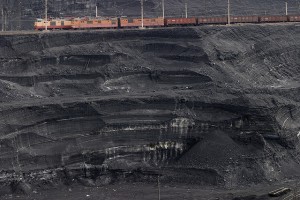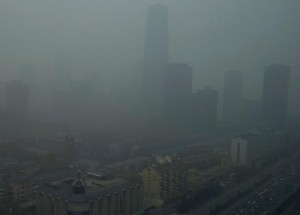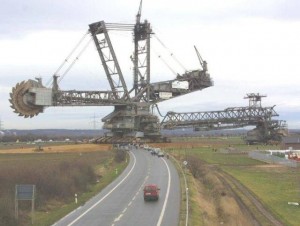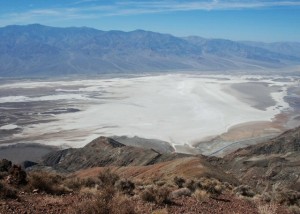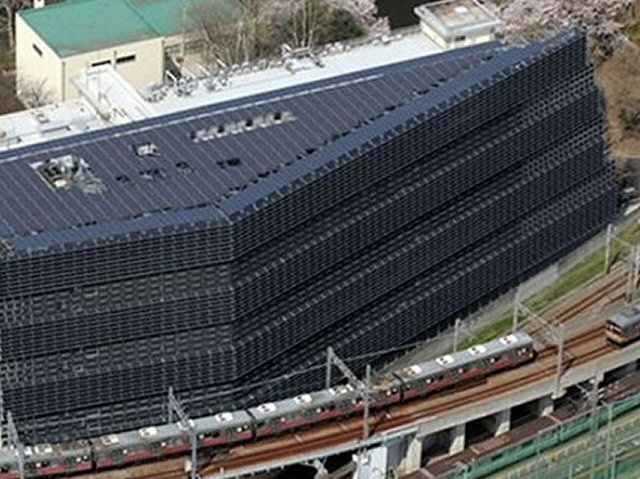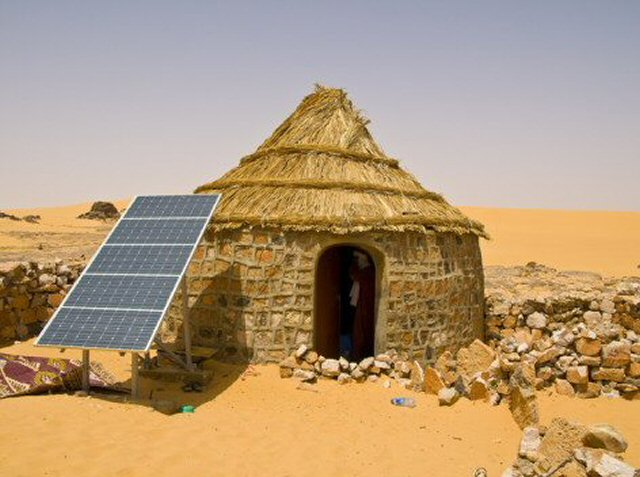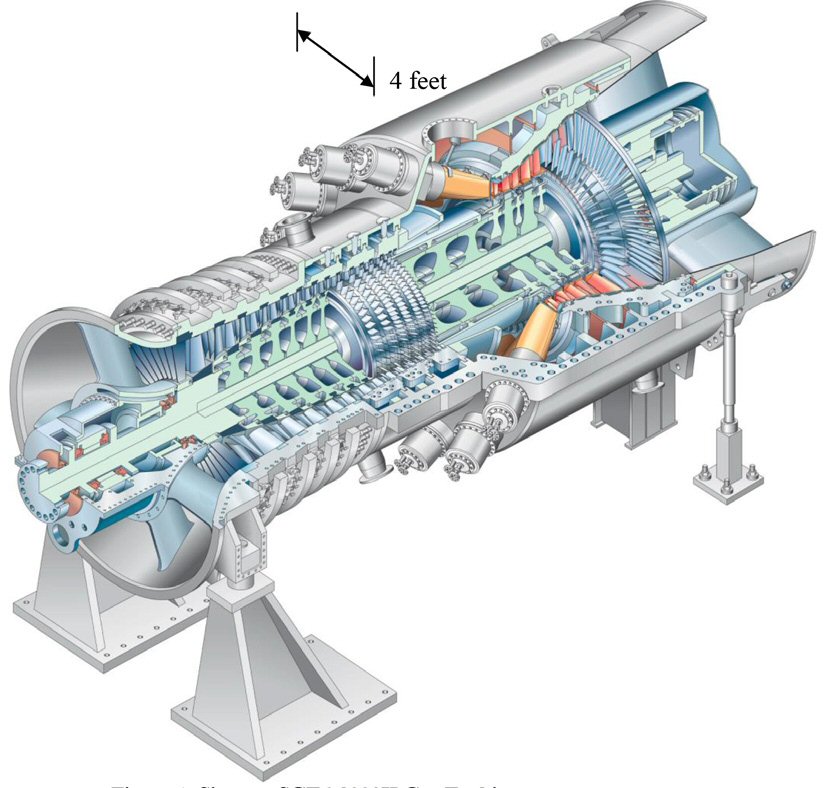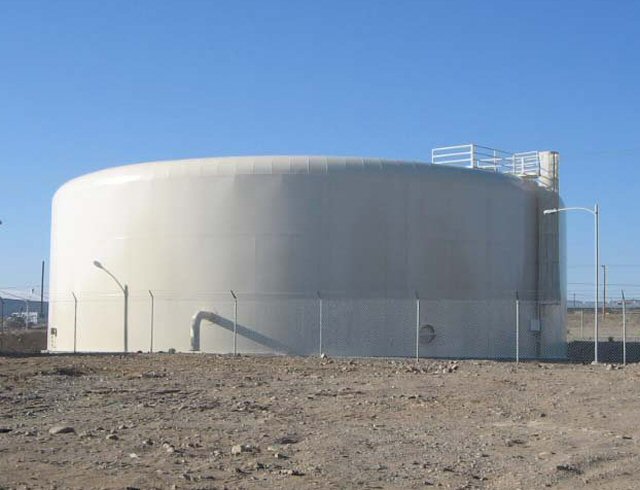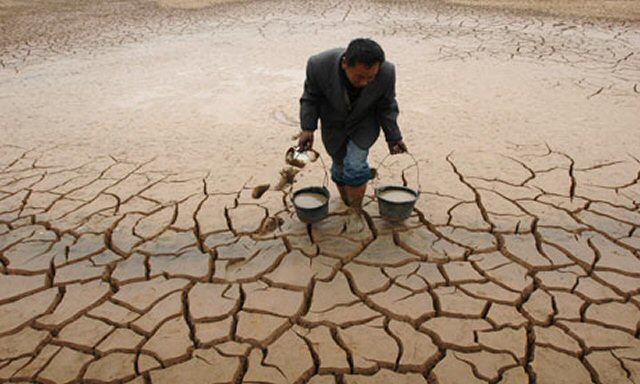The United States
To enlarge, click on any photo.
Coal is extracted from the ground either at ground level by open pit mining, or by shaft mining. The world’s top producer and user of coal (and energy in general) is China, accounting for about half of global coal consumption.
Coal-fired electric power generation emits approximately 2,000 pounds of carbon dioxide (CO2) per megawatt-hour generated, almost double the CO2 released by natural gas-fired plants per megawatt-hour generated. Coal supplies about 70% of China’s total energy consumption, however the International Energy Agency (IEA) projects that it will fall to 59% by 2035 due to higher energy efficiencies and China’s goal to reduce carbon emissions per unit of GDP. However, absolute coal consumption is expected to double over this period due to the large growth in total energy consumption.
Thick, off-the-scale smog routinely shrouds eastern China in winter, forcing airlines to cancel flights because of poor visibility and prompting the government to temporarily shut down factories and curtail fleets of government cars; streetlights and buildings all but disappear into the haze and pedestrians don face masks. But the problem is global: as of May 2013 worldwide levels of the chief greenhouse gas that causes global warming, carbon dioxide, reached 400 parts per million, an amount never before encountered by humans. The last time this happened was at least 2 million years (could be as much as 10 million years) ago, during the Pleistocene Era. When measurements of this gas were first taken in 1958, it was 315 ppm; currently, the concentration of CO2 is growing at about 2 parts per million per year, 100 times faster than at the end of the Ice Age. At that time it took 7,000 years for CO2 levels to rise by 80 parts per million. Now, because of burning fossil fuels, particularly coal and oil, levels have risen by the same amount in just 55 years. Natural gas, which is 75% methane, a far more potent greenhouse gas than carbon dioxide, also pollutes the air, albeit at a lower rate. Today the concentration of carbon dioxide is rising at 2 ppm per year. If the entire world were to switch to gas, the concentration of CO2 would still rise at approximately 1 ppm per year, and methane would increase as well.
Today’s giant earth-moving machines would fit right into science fiction movies, a far cry from the equipment used when the Panama Canal was built. Almost any excavation project is possible if the required technological, political, human and financial resources are brought to bear.
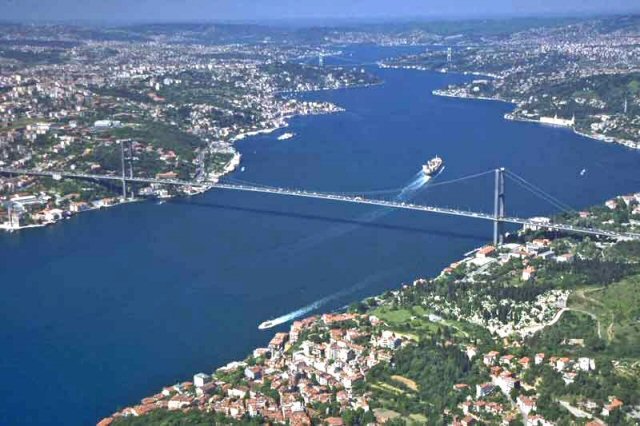
There’s no question that this project would dwarf practically any engineering endeavor ever attempted: a trench at least 200 miles long, 3,400 feet deep, depending on the route, and 500 feet wide. The cost could well be in the hundreds of billions of dollars; the exact amount would have to be determined by a feasibility study. But it would have to be done only once, and it would pay for itself over time. In any event, not seeing this through is not an option given the gravity of our economic (few well-paying jobs for the working class) and environmental condition. Instead, it should be pursued with the same urgency and intensity as if our lives depend on it, because they do.
At 282 feet below sea level, the floor of Death Valley is the lowest, driest, and hottest location in North America, about 3,000 sq mi (7,800 sq kilometers). During the middle of the Pleistocene Era it was part of a succession of inland seas, collectively referred to as Lake Manly. There are four major mountain ranges between the Valley and the ocean, each one adding to an increasing rain shadow effect. As a result, the average annual precipitation is 1.58 inches (40 mm) and the typical summer daily evaporation rate 0.75 inches/day (1.9 cm/day. It is due to these characteristics that only a sea-level canal would constantly replenish the water that would be lost to evaporation and electrolysis without incurring constant pumping costs.
The idea of consuming large tracts of flat real estate with solar panels to generate electricity makes sense only if we persist in clinging to the outdated concept that buildings must be supplied with electricity generated somewhere else. Why not install efficient solar cells on each and every new building in the desert, including homes, and distribute the profits go to homeowners instead of utility shareholders? That would create an incentive to generate as much power as possible. The resulting income stream would help pay their mortgages, reduce the risk of default and lower interest rates. Of course, utilities could still compete with other licensed contractors to monitor, maintain and repair the distribution grid, necessary for industrial-scale electrolysis and aquafacture.
Multi-story buildings have a larger theoretical capacity to generate more electricity for the same area of real estate than single family homes. The drawback is that they need additional space from other buildings of equal or greater height in order to avoid each other’s shadows. Thus, a dense forest of skyscrapers would not be ideal.
If every home in every desert city were equipped with enough panels to produce a surplus of electricity during the day to charge batteries to be used at night, when the demand is lower, and export whatever is left to big users, the cities themselves would become the generating power plants. This disperses the generating sources, an advantage in case of war or terrorist acts.
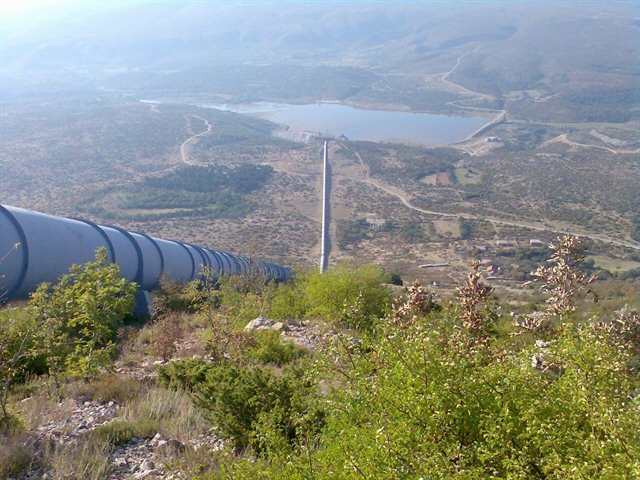
Compressed hydrogen -not water- would be pumped uphill. The advantage is that hydrogen weighs much less than water, therefore it requires less energy to pump. Because hydrogen is lighter than air, it tends to rise. This would simply accelerate the process.
This is California’s Sierra Nevada, facing north. To the west is the San Joaquin Valley (not shown), to the right is a portion of the great southwestern desert. There are many mountains and hills in the desert that rarely, if ever, get any precipitation. Below are ravines and dry river beds. Only geologically suitable mountaintops would be used.

Clusters of five or more 1000-megawatt power plants would be built on top of selected mountains and use an advanced hydrogen turbine, currently under development, to burn hydrogen directly without fuel cells.
When hydrogen is burned, water vapor is produced. Instead of allowing it to dissipate into the atmosphere, the latter would be collected, condensed and stored
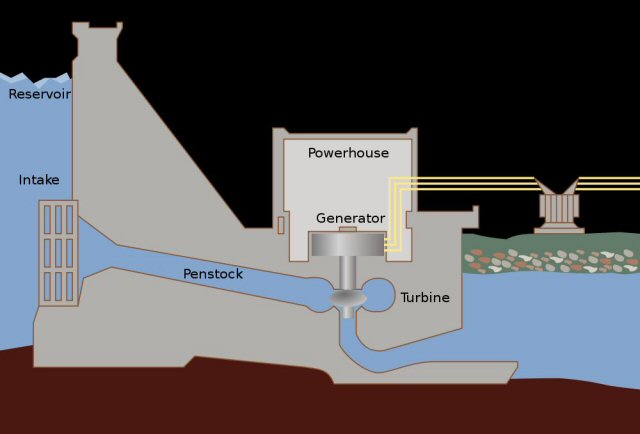
Below the hydrogen plant, a cascading series of water-driven turbines would be built. Costly dams would not be required, only pipes to feed the water to each successive turbine. The angle of descent and the pressure of the water would be designed to maximize efficiency. The jobs created by this system would be permanent and expandable. They would rely on free, inexhaustible raw materials (solar energy, seawater and gravity), not finite and unhealthful fossil fuels or nuclear fission.
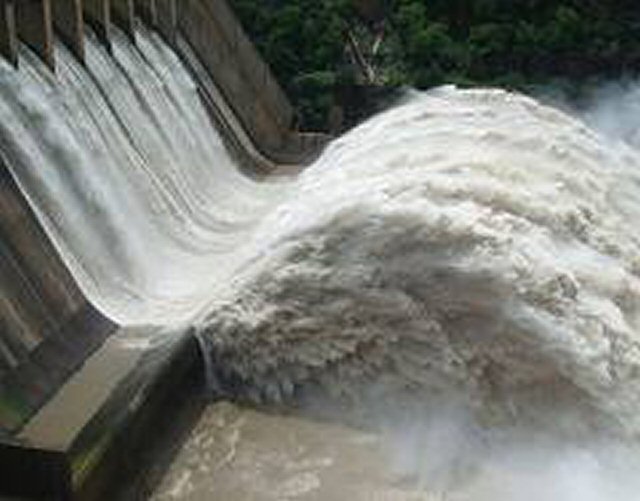
This is aquafacture: the manufacture of drought-proof, pure water anywhere, even in distant inland deserts. Unlike desalination, which consumes vast amounts of energy and requires a nearby natural sea shore, aquafacture actually generates a surplus of energy, makes water, requires no exploration and mining in dangerous locations, precludes the possibility of polluting spills and radioactive accidents, ends the dumping of carbon into the atmosphere, and ushers in the possibility of making the deserts green to recycle the carbon dioxide already in the atmosphere. Farmers and cities would get a constant, predictable amount of energy and water the year round without the possibility of floods or droughts. The system depends exclusively on sunlight, seawater and gravity, all practically inexhaustible and free.
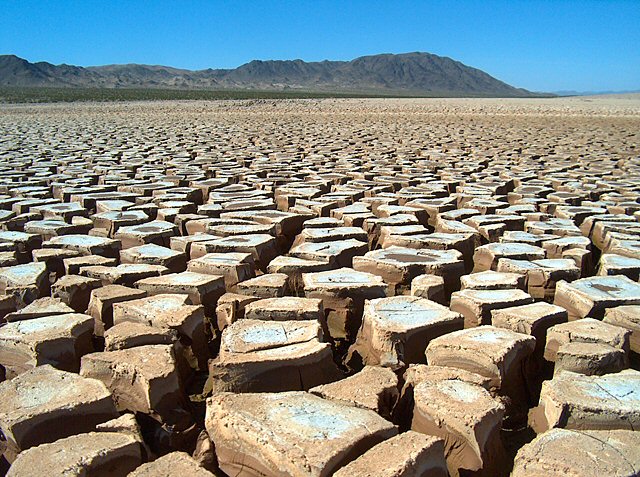
The system is expandable. There are innumerable dry lake beds throughout the southwestern states.
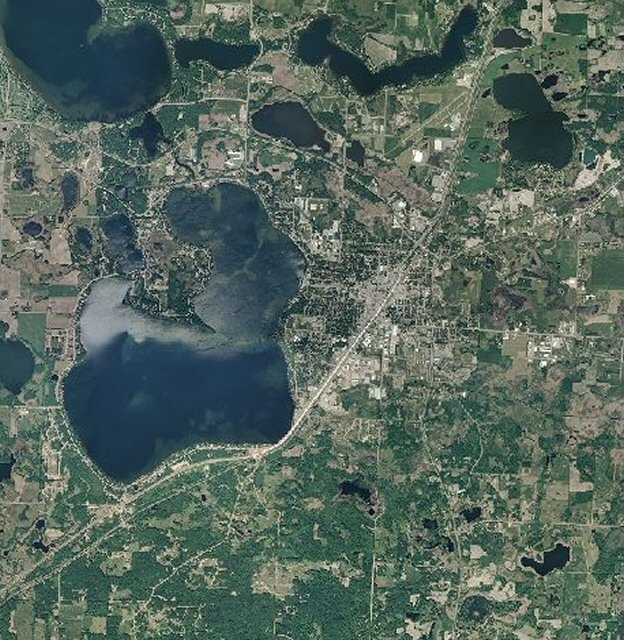
Once interconnected, the resulting ecosystem would be supported and improved by life-giving water. Since so many mountains and hills surround the proposed lakes, the real estate in and around the area would have stunning views not seen in millions of years. In effect, the inland sea of prehistoric times would be restored to user-defined specifications.
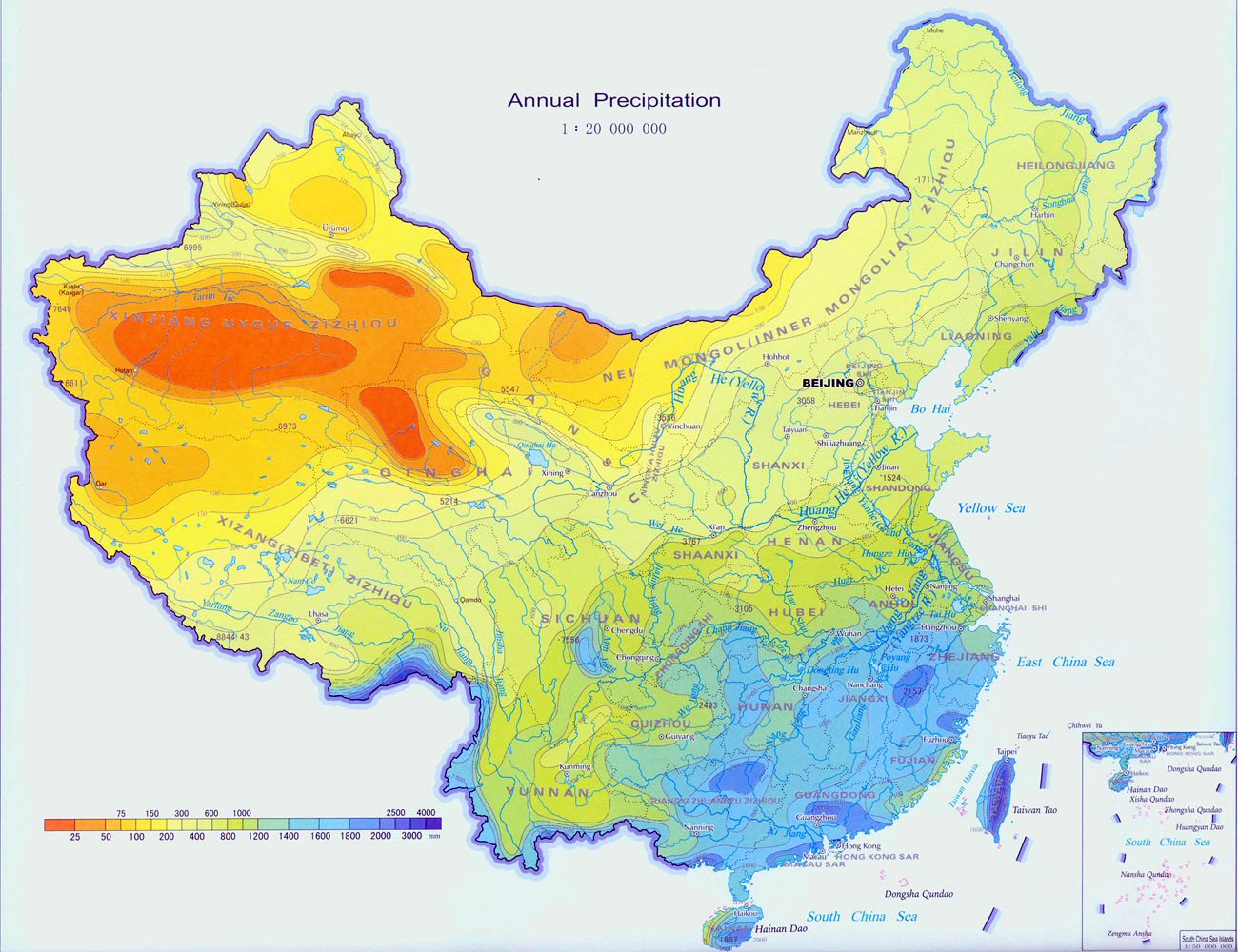
If we are to halt the emissions of carbon dioxide and methane, the chief culprits of global warming, enough hydrogen will have to be made available to China, India and Japan. They all consume enormous amounts of fossil fuels to generate electricity and will be forced to consume even more to meet future demand. China alone accounts for 50% of global coal use, and more than half of the country’s landmass has little or no water. Theoretically, even the Gobi Desert could be developed with aquafacture!
Extreme as it is, air pollution is not China’s most pressing environmental problem. The massive, continuing proliferation of factories has polluted most of its lakes and rivers.
It’s not only that over half of China is extremely dry. Even areas that are supposed to have abundant rainfall have been hit with severe drought, a consequence of global warming.
China’s economy must grow to lift its people out of poverty. If and when its per capita income reaches parity with the U.S., its demand for energy and water will increase to levels never seen. Without aquafacture, how will they and the rest of the world meet future demand?

Nuclear-armed mankind is at a crossroads. Either we cooperate to reverse the damage we’ve already caused to the environment, which is accelerating, or we’ll have to face consequences no one can foresee or control.
